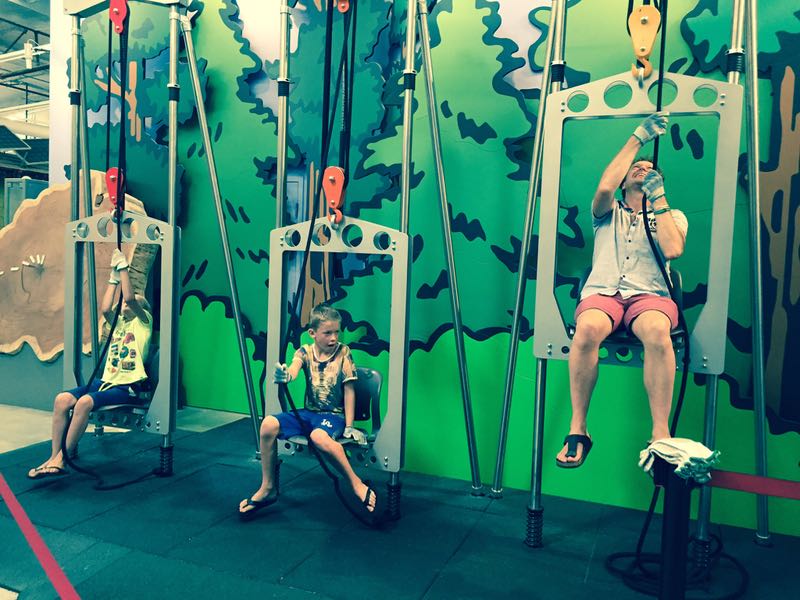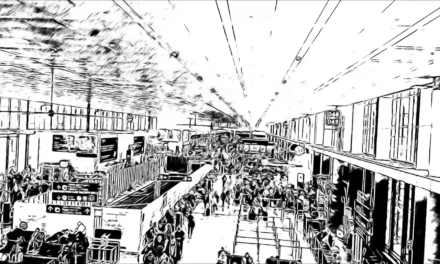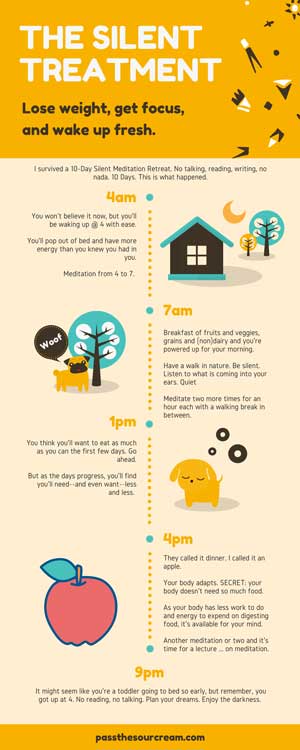
Less effort and more results? How can it be?

Using the same rope pulling the same weight and it’s easier. It doesn’t make sense.
Even my mathematical, analytical, mechanical brain can’t figure this out. But I’m OK with it. Here’s the scoop.
We went to the Discovery Cube the other day and there were three chairs connected to a pulley system. Above each chair are numbers that represent the ratio of of energy (?) to the weight being lifted. Then there are ropes that you use to pull your own weight up to the top. The numbers are:
- 2:1 meaning it takes half of the energy to pull the weight. There is a simple pulley system above with just a single groove where the rope turns.
- 3:1 for a third of the energy needed to lift. Here there are 2 slots or grooves where the pulley goes through to lift the chair. Still, there is only one rope, it’s just looped through another pulley slot.
- 4:1 finally just a quarter of strength to lift the full weight. Now there are 3 slots where the same single rope goes through around and around while performing the same function: pull on the rope below to lift the chair.
In simple numbers, this would mean that if the weight were 100, it takes only 25 to lift it using the 4:1 ratio. Remember, for me at least, the confusing part is that:
- Rope: it’s the same rope.
- Weight: the weight of yourself is the same every time.
You’d think I’d understand why this works, but I’m just a slow learner. It’s the same rope, I’m the same person. But it takes much less effort for me to pull myself up to the top of the system when I’m on the 4:1 chair as the other chairs. On the 2:1 chair, I almost can’t do it.
Dude, thanks for the awesome physics lesson. What’s your point?
From the physical to the metaphysical
Careful here, I’m going to take a leap from physical world to the metaphysical realm. As noted, I don’t really understand the physical world here. I just don’t get that with the same rope and the same weight, there is such a difference in effort. The outcome is the same: I get to the top. But the effort is not.
In my humble experience with meditation and the metaphysical, I think that this rule not only applies but it’s the underlying principle behind the relationship (or ratio) between effort and results. If you’re still with me and you have some experience in the metaphysical world, I think the ratio of effort to results is just like this pulley system. In other words, the harder you have to “work” or try, the less the result. In fact, it goes the other way as well, if you’re trying too hard, the ratio will be reversed: it will be even more work, even harder and the results will even diminish. Dare I say that if you keep trying too hard, they can even have a negative impact on the results.
Bonus: you don’t need to understand
Here’s the kicker, IMHO: you don’t need to understand why this works. Think about the laborer who has to lift bricks to the top floor of a building. If he doesn’t get the physics behind the pulleys and why the 4:1 is easier than the 2:1, that’s OK. He’s going to be intelligent enough, however, to use the 4:1 system.
Back to the meditation and relaxation and results. Could it be that the harder you try, the worse things get? The more you’re frustrated and just try harder, the worse things get. When will you accept the ratios as they are with the pulleys and just let go? Just accept that the 4:1 ratio is easier than the 2:1 ratio and use the 4:1.
The more you let go, the further you go.
It doesn’t seem to make sense, does it? Well, it doesn’t to me. But that’s OK now. Because I accept it as so and I can do the 4:1 without worrying or even caring why. I won’t use the 2:1 unless I’m up for some self abuse. But soon I’ll see that it’s a waste of time. Soon I’ll see that there are 8:1 pulleys and beyond. Things will be easier and easier with less and less effort. It doesn’t seem to make sense, but that’s OK. Just accept that it is so and go with it.






























Trackbacks/Pingbacks